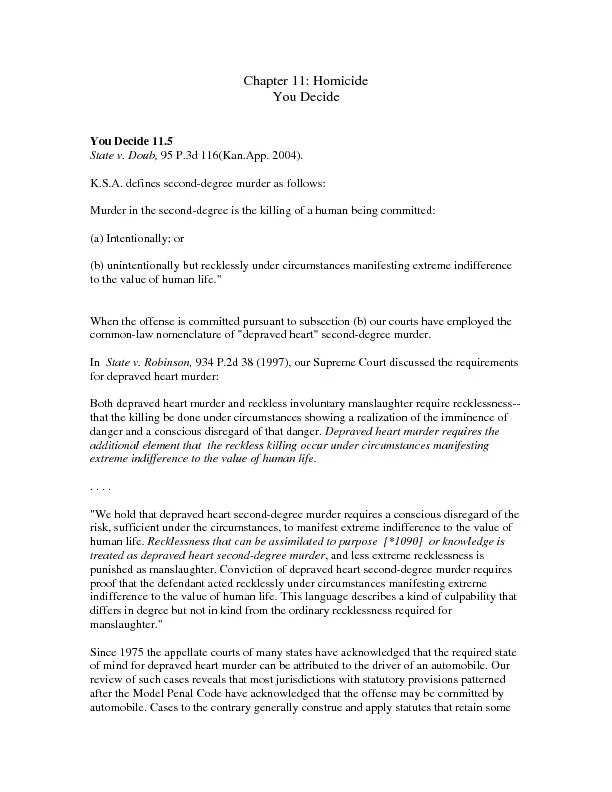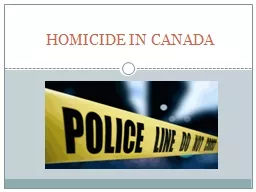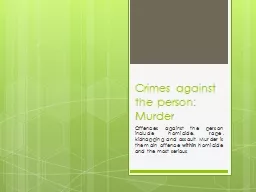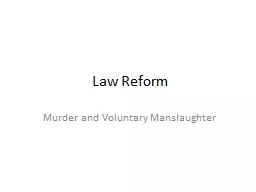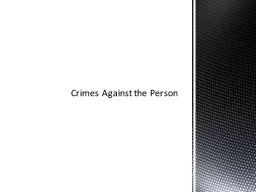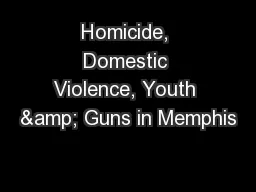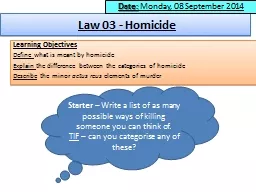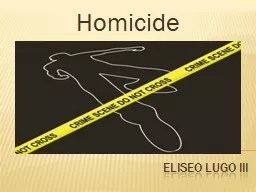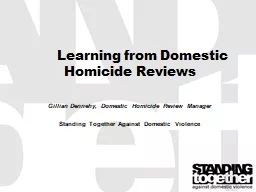PDF-Homicide K.S.A. defines second-degree murder as follows
Author : calandra-battersby | Published Date : 2017-04-07
requirement of malice One commentator state of mind Speeding Usually excessive rates are recorded Courts believe that 0 their conduct is highly likely to cause an
Presentation Embed Code
Download Presentation
Download Presentation The PPT/PDF document "Homicide K.S.A. defines second-degree m..." is the property of its rightful owner. Permission is granted to download and print the materials on this website for personal, non-commercial use only, and to display it on your personal computer provided you do not modify the materials and that you retain all copyright notices contained in the materials. By downloading content from our website, you accept the terms of this agreement.
Homicide K.S.A. defines second-degree murder as follows: Transcript
Download Rules Of Document
"Homicide K.S.A. defines second-degree murder as follows"The content belongs to its owner. You may download and print it for personal use, without modification, and keep all copyright notices. By downloading, you agree to these terms.
Related Documents

